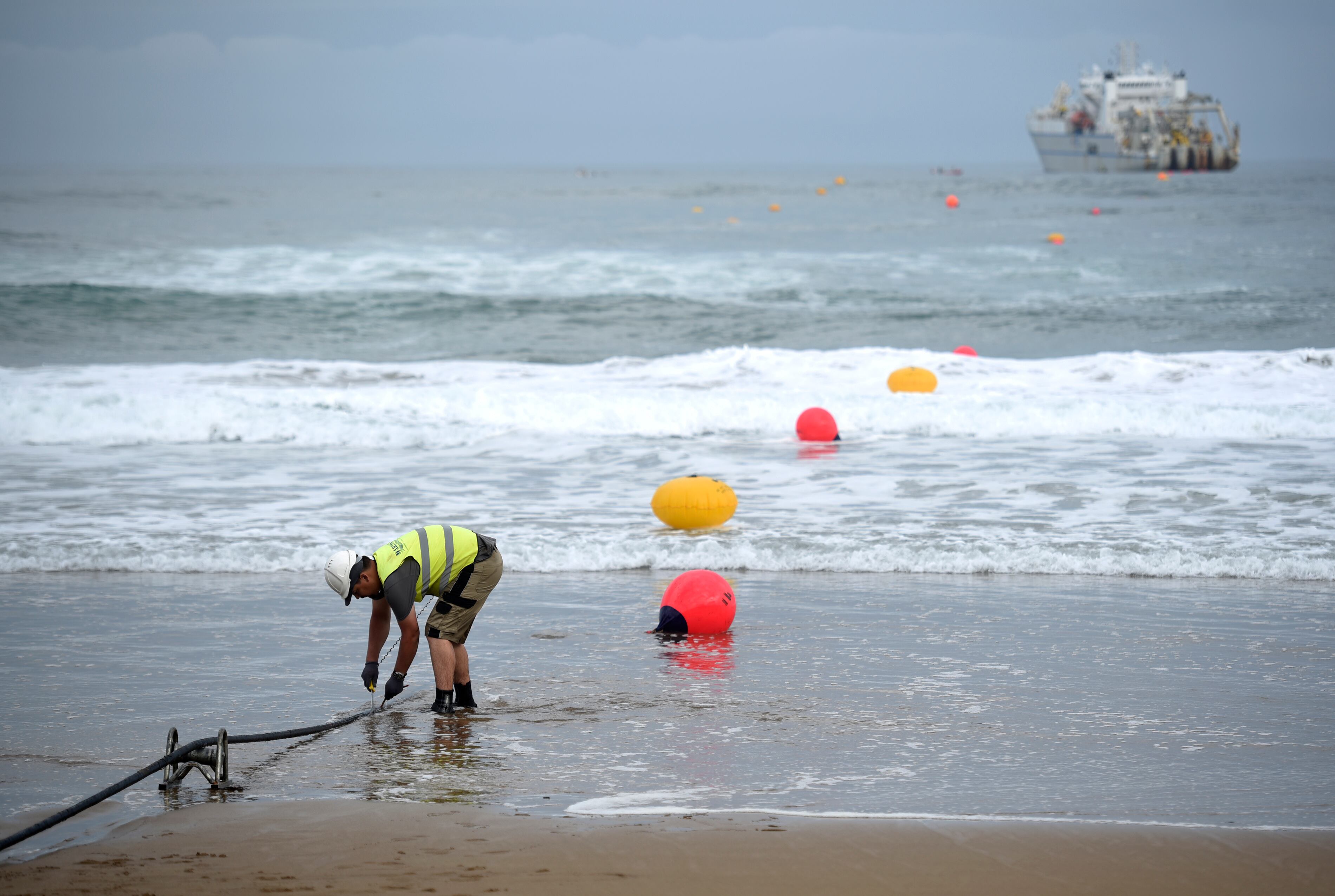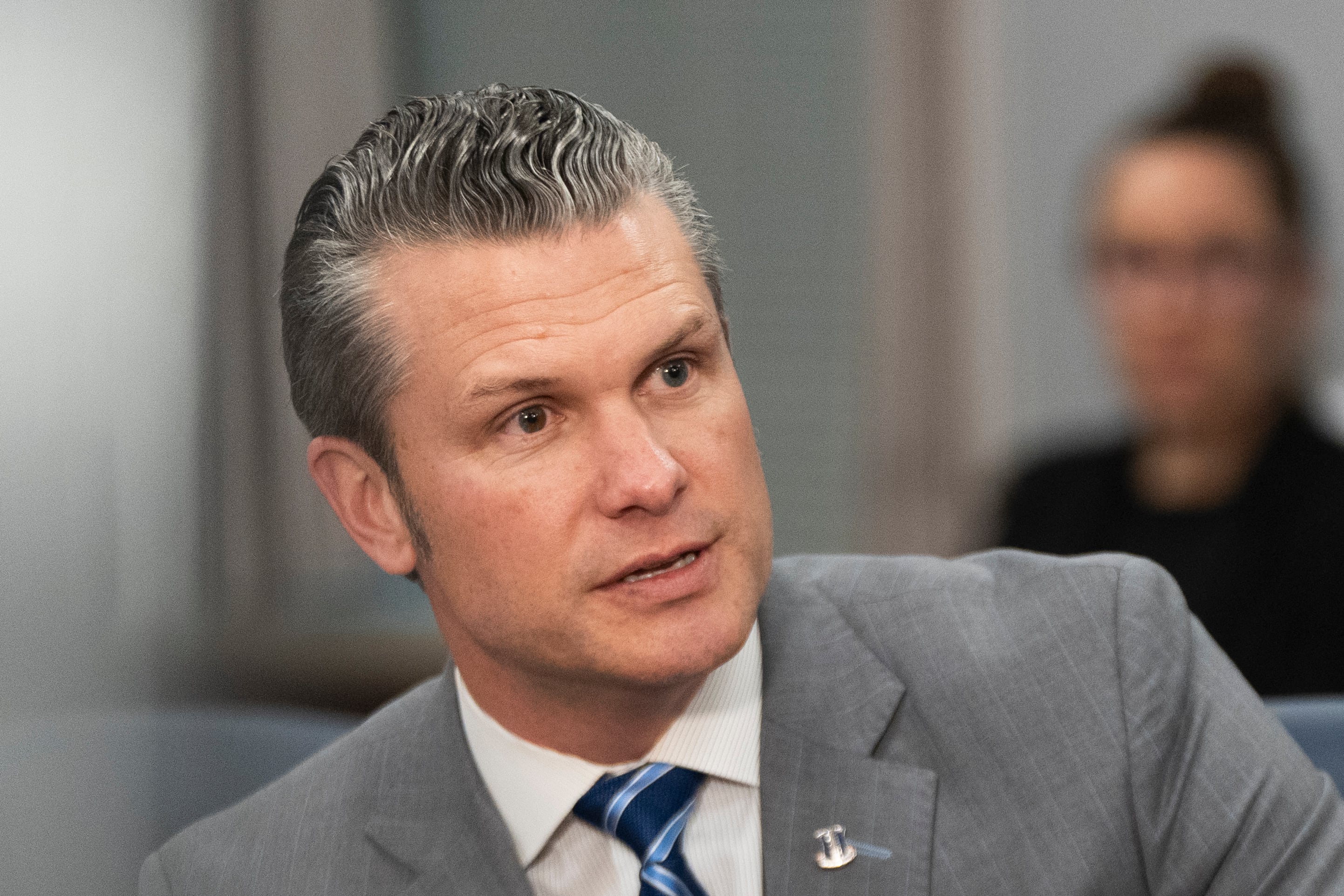MILAN — The increased frequency of underwater infrastructure damage across Europe has raised legal challenges related to the jurisdiction and ownership of undersea cables, which may limit NATO’s ability to respond.
The majority of critical undersea infrastructure is located in international waters, which means would-be saboteurs can take advantage of oversight gaps.
“If you go outside territorial waters, in principle there’s not much regulation – this makes the area attractive for those who want to operate outside the jurisdiction,” Capt. Niels Markussen, director at NATO’s Maritime Centre for Security of Critical Underwater Infrastructure, said at the recent Arctic Frontiers conference in Norway, as reported by Arctic Today.
Matters become even more complex in having to determine and prove whether damage is accidental or deliberate. In addition, unlike when a crime is committed above the surface, where authorities can rely on fingerprints and DNA as evidence, attributing responsibility under water is tricky.
A recent report by the Atlantic Council highlighted that different laws are applicable to assess who is responsible for sabotage depending on where the severed cables are laid.
For example, it noted that coastal states like Norway or Sweden possess sovereign rights in their territorial waters, according to Article 21 of the United Nations Convention on the Law of the Sea, and may further exercise that authority to repair and maintain submarine cables in their exclusive economic zones.
Things get murky, however, in cases of undersea infrastructure damaged in international waters.
“If cables are willfully or accidentally damaged by a ship or person, the jurisdiction to determine appropriate punishment for the perpetrator lies with the state under whose flag the ship operates or that of a person’s citizenship,” the document said.
Another element to consider is that much of the underwater communication infrastructure is now owned by private firms, including big telecommunication carriers or content-delivery providers, that often band together to operate cables.
According to the network monitoring platform Kentik, companies like Google, Meta and Amazon have increasingly invested in the development and installation of new cables, leaving only about only 1% of submarine cables fully or partly owned by governments.
At a joint press conference in January, Adm. Pierre Vandier, NATO’s Norfolk, Virginia-based commander for concepts and transformation, outlined his plan for the alliance’s unmanned surface vessel initiative – in essence, having drones keep tabs on undersea infrastructure in hard-to-reach places.
The idea will entail deploying a fleet of naval drones as part of NATO’s maritime patrol mission in the Baltic Sea for the constant surveillance of the strategic area. These systems, as noted by the official, will operate alongside other drones to be provided by member states.
“We will bring some new vehicles at the speed of light in less than a few weeks, as well as the eight Baltic Sea states will give to NATO their own drones, and we will federate into a single network all the pictures and videos to spread [information] out to all stakeholders,” Vandier said on Jan 20.
Elisabeth Gosselin-Malo is a Europe correspondent for Defense News. She covers a wide range of topics related to military procurement and international security, and specializes in reporting on the aviation sector. She is based in Milan, Italy.




